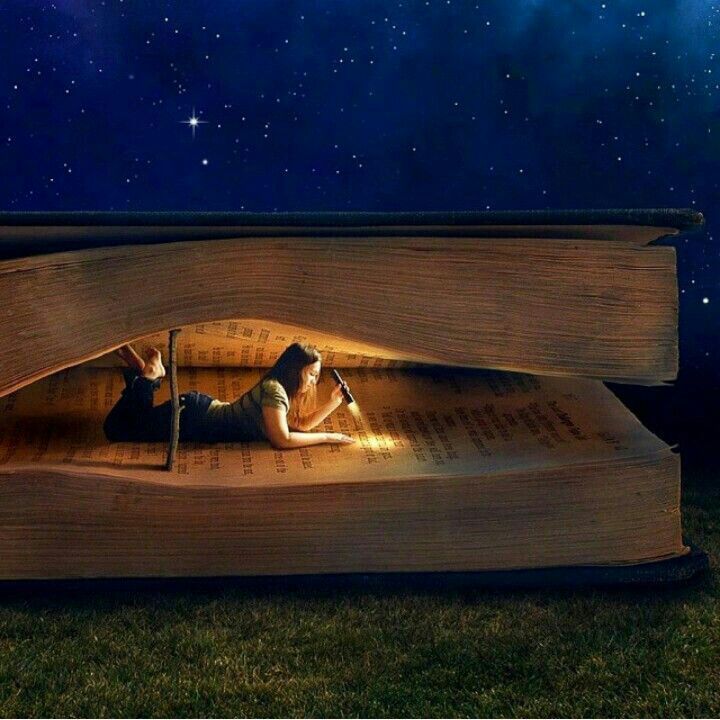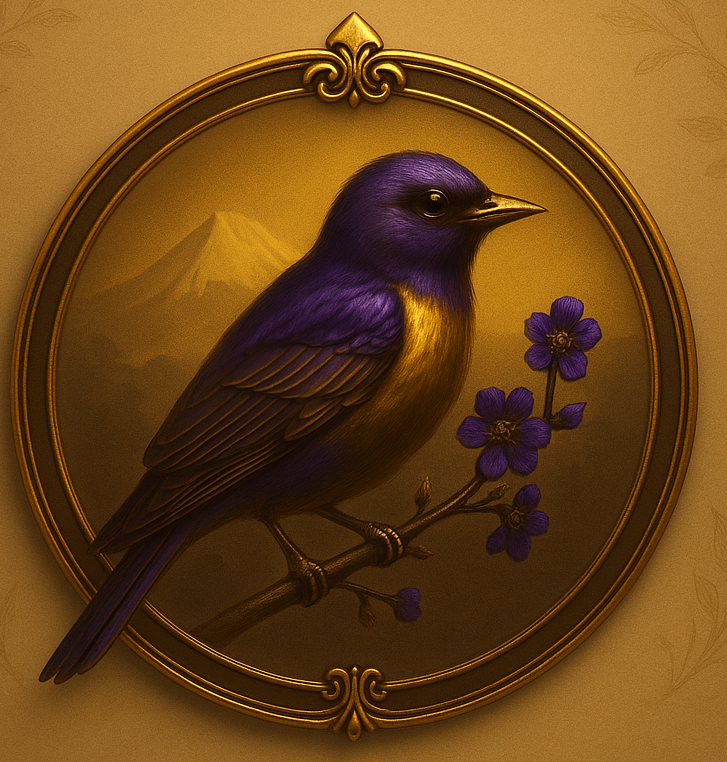Poetry is more than just lyrical musings or emotional reflections it can also tell a compelling story. Narrative poetry is one of the oldest and most enduring forms of poetry, blending literary storytelling with rhythmic verse.
In our previous article, [Types of Poetry: Exploring the Rich Forms of Poetic Expression], we highlighted various poetic forms, including narrative poetry. In this deep dive, we’ll explore its origins, characteristics, famous examples, and why it remains a powerful tool for storytelling.
What is Narrative Poetry?
Narrative poetry is a form of poetry that tells a story, often complete with characters, conflict, plot progression, and resolution. Unlike lyric poetry, which focuses on emotions and personal reflections, narrative poetry guides the reader through a sequence of events, much like a novel or short story but in verse form.
These poems may be brief or expansive, but they all share the common thread of storytelling, sometimes incorporating dialogue, action, and vivid descriptions.
Key Characteristics of Narrative Poetry
Plot-Driven; Like traditional storytelling, narrative poetry follows a clear structure with a beginning, middle, and end.
Characters; Often includes one or more characters, each playing a role in the story.
Setting; Establishes a time and place, immersing the reader into the story’s world.
Rhyme & Meter; Many narrative poems follow a structured rhyme scheme, though free verse narratives have become more popular in modern poetry.
Imagery & Symbolism; Rich descriptions and figurative language enhance the depth of storytelling.
Famous Types of Narrative Poetry
Narrative poetry has existed across cultures and eras, taking different forms depending on tradition and purpose. Here are some of the most notable types:
Epic Poetry
Epic poems are long and grandiose narratives, often telling the stories of heroic figures or legendary events. These poems were historically passed down orally before being recorded in written form.
Examples:
The Iliad and The Odyssey by Homer
Beowulf, an Anglo-Saxon epic
Paradise Lost by John Milton
Ballads
Ballads are shorter narrative poems often set to music. Traditionally, they follow a quatrain structure and a rhyme scheme of ABAB or ABCB, making them accessible and rhythmic.
Examples:
The Rime of the Ancient Mariner by Samuel Taylor Coleridge
Ballad of Birmingham by Dudley Randall
La Belle Dame sans Merci by John Keats
Idylls & Romances
These narrative poems focus on idealized pastoral life or chivalric tales. They tend to be shorter than epics but longer than ballads, capturing scenic beauty and heroic deeds.
Example:
Idylls of the King by Alfred, Lord Tennyson
Why Narrative Poetry Remains Relevant
Narrative poetry continues to thrive in both traditional and modern literature. While older forms relied heavily on structured meter and rhyme, contemporary poets often experiment with free verse narratives, blending poetic techniques with storytelling traditions.
Modern poetry collections, spoken word performances, and even music lyrics draw inspiration from narrative poetry, proving that storytelling in verse still captivates audiences.
Whether through grand epics or intimate ballads, narrative poetry bridges the worlds of literature and poetry, offering an immersive experience to readers.

Learn More About Poetry
If you’re interested in exploring other poetic forms beyond narrative poetry, check out our comprehensive guide: [Types of Poetry: Exploring the Rich Forms of Poetic Expression]. This article covers lyric, dramatic, and free verse poetry, helping readers understand the full spectrum of poetic art.

